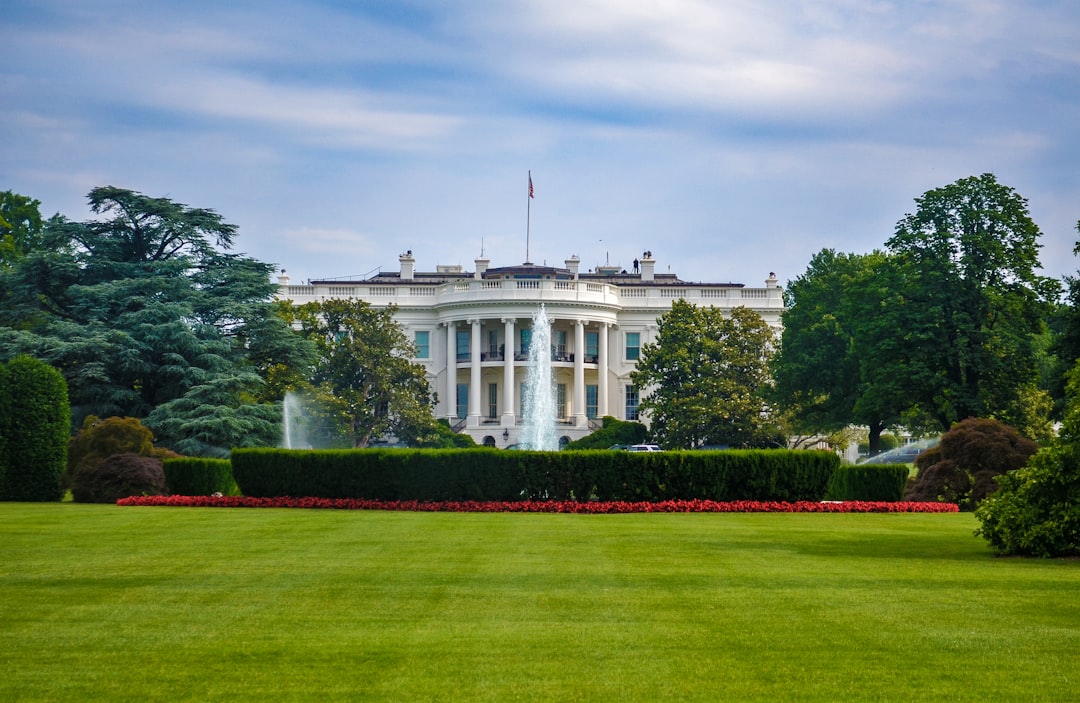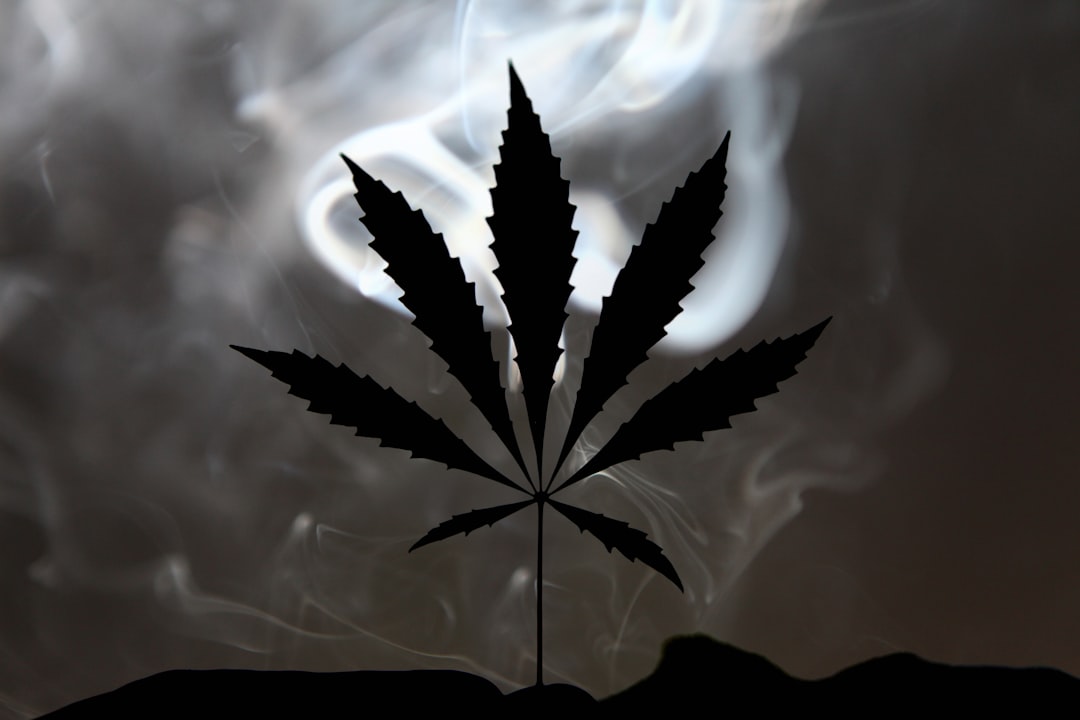A Shocking Shift in Leadership Style (Image Credits: Unsplash)
Washington D.C. – Amid the crisp fall air hanging over the capital, tensions simmer in the corridors where bold promises once echoed loudly.
A Shocking Shift in Leadership Style
Imagine a administration that prides itself on being tough, yet crumbles at the slightest pushback. That’s the reality unfolding in the White House these days. What started as a vow to crush crime has morphed into a defensive crouch, where every critique feels like a personal attack.
Critics point to recent moves, like the aggressive push for federal control over local policing, as evidence of this fragility. Instead of debating policy merits, responses often veer into accusations of bias or weakness. It’s a pattern that’s leaving even supporters scratching their heads.
This hypersensitivity isn’t just talk. It shows up in how the team handles opposition, turning potential allies away and stalling real progress on street-level safety.
The Crime Agenda Under Fire
Back in July, an executive order aimed at ending disorder on America’s streets promised swift action. Yet, months later, implementation lags amid internal squabbles and external backlash. The focus seems more on optics than outcomes, with crime stats in key cities not budging as hoped.
Take Washington D.C., for instance. The president’s move to federalize the police there drew cheers from some quarters but sparked lawsuits and protests. Rather than refining the approach, the administration doubled down, labeling detractors as soft on lawbreakers.
This reactive stance risks alienating the very communities it claims to protect. When policies feel imposed rather than collaborative, trust erodes fast.
Snowflake Tactics in Action
The term ‘snowflake’ gets thrown around a lot these days, but in this White House, it fits the bill for how criticism is met. A recent press conference saw the president waving stats like a shield, dismissing Democratic cities as crime havens without addressing root causes.
It’s not just rhetoric. Reports highlight purges of officials who question strategies, from security clearances yanked to key posts left vacant. This churn creates a echo chamber, where tough talk replaces tough measures.
Meanwhile, bipartisan efforts like sentencing reforms from years past gather dust. The fear of looking weak overrides the need for smart, enduring fixes.
Comparing Past Promises to Present Reality
Let’s break it down side by side. During the campaign, the pitch was clear: restore law and order with no holds barred. Fast forward to 2025, and we’re seeing delays in deportations, tariff threats on allies, and a judiciary bogged down by loyalty tests.
| Aspect | Promised | Delivered So Far |
|---|---|---|
| Crime Reduction | Sweeping federal interventions | Legal battles and slow rollouts |
| Police Support | Massive funding boosts | Cuts to prevention programs |
| Justice Reform | Balanced sentencing | Stalled amid partisan fights |
This table underscores the gap. What was billed as decisive action feels more like a house of cards, toppling under its own weight.
Public Backlash and Internal Strife
Outrage isn’t confined to opponents. Even conservative voices whisper about the chaos, with X posts buzzing over ‘brilliant but evil’ purges and economic hits from erratic policies. The administration’s response? More deflection, less direction.
Street crime persists in hotspots, yet the spotlight stays on feuds. Families in affected neighborhoods want results, not reality TV drama from the Oval Office.
As winter approaches, the pressure mounts. Will this lead to course correction, or deeper entrenchment?
Key Takeaways from the Mess
- Sensitivity to criticism is blocking effective crime strategies, turning bold plans into stalled efforts.
- Purges and loyalty demands create instability, hurting long-term public safety goals.
- Without bridging divides, the tough-on-crime image risks becoming just that – an image.
In the end, a government that can’t weather tough questions struggles to tackle tougher problems like rising crime. It’s time for substance over sensitivity. What do you think about this White House dynamic? Share your thoughts in the comments.




